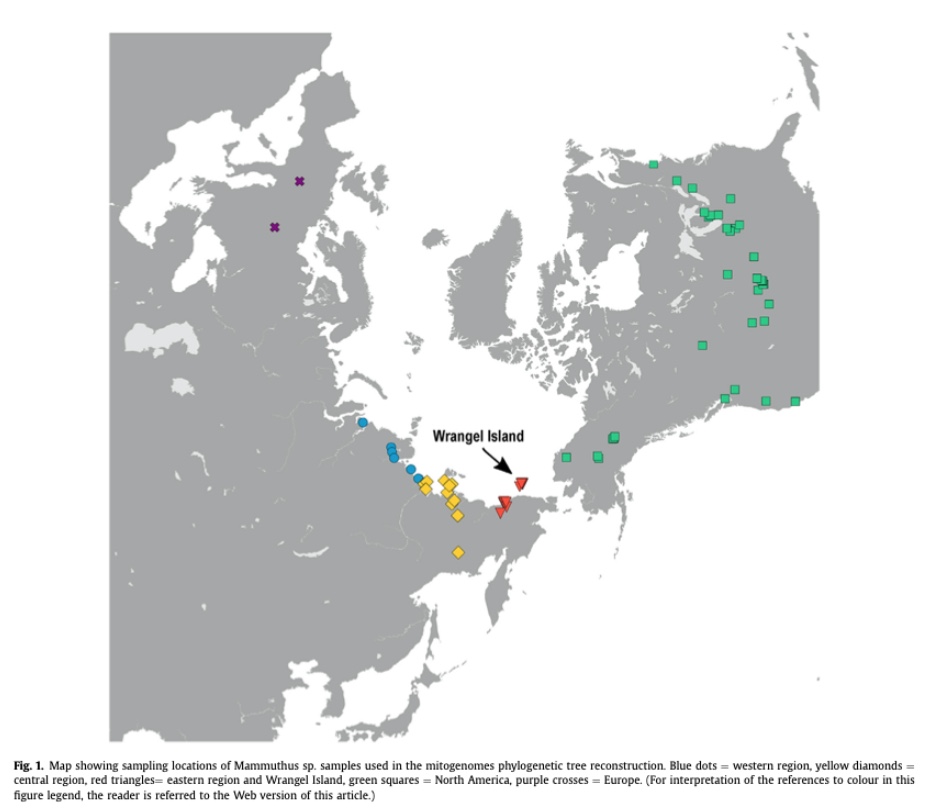Title
Genetic Consequences of a Severe Population Bottleneck in the Guadalupe Fur Seal (Arctocephalus townsendi)
Background
The paper titled “the Genetic Consequences of a Severe Population Bottleneck in the Guadalupe Fur Seal (Arctocephalus townsendi)” describes how genetic diversity is influenced by the sharp decline of the Guadalupe Fur Seal population in the 1700 and 1800s and the slow recovery of its population numbers.
In the 1800s the Guadalupe Fur seal declined to an extent to be considered in a population bottleneck; which is an event where a population goes through a restriction point similar to squeezing water through a narrow pipe. This event can occur naturally to different animal populations due to numerous reasons such as disease outbreak or natural disasters. In the case of the Guadalupe Fur Seal however, it was human interest that drove them to the brink of extinction.
The Guadalupe fur seal population was once copious along the Pacific coast of the Americas, however, they faced a grave threat in the late 1700s and early 1800s. Commercial sealers, looking to make money off of seal skins and seal oil, persistently hunted them until they were nearly wiped out. In fact, they were believed to have gone extinct in the early 19th century until an exploration team discovered a small breeding group on Isla de Guadalupe. This resurrection was short lived, as a series of interest groups including private and museum collectors quickly massacred the population. This near complete extinction in population size is what scientists call a bottleneck.
Picture, if you would, a library with shelves full of books, each embodying a different genetic trait in a population. Before human interest in the Guadalupe fur seal, they had a hearty genetic library, with many slightly different copies of each book, providing resilience and adaptability to changing conditions. Nonetheless, when the hunters dramatically decreased the Guadalupe fur seal population, the library lost most of its copies of each book. In other words, genes are like different subjects and alleles are like textbooks. So when experiencing dramatic population decline, you can be left with only a ‘Precalculus : mathematics for calculus’ textbook, which would not be adaptable to a geometry class. Hence the seal would die.
Central Question
The central purpose of the paper is to discern the impact of this population bottleneck on the seal’s genetic diversity.
Evidence
The authors inspected a specific section of the seals’ DNA and estimated the genetic diversity by sequencing and counting at the number of distinct alleles in the population. The scientists compared the genetic diversity from ancient Guadalupe fur seal bones, which records the genetic diversity before the human hunting, to that of present day seals corresponding to the genetic diversity after the population bottleneck. As seen in the figure (below) there were seven distinct modern alleles found (bold), and they were clustered into two to three different groups of the phylogenetic tree. However, it’s obvious from the figure that the diversity of the pre bottleneck seals (unbolded) was much greater than what is seen in today’s seals.

Implication
Shockingly, the study also revealed through genetic analysis that before the human period of hunting them, the Guadalupe fur seal population was prosperous, and even expanding during certain periods. This suggests that they were once a robust and healthy population. However, today, the recovery of these seals depends less on their own merit, and more on the luck that their own lack of genetic variation doesn’t lead to their extinction. This could lead to further experimentation, possibly discerning to what extent the drop in genetic diversity affects Guadalupe fur seals’ expected lifespan or something along those lines.
Further reading
For further self study, there is a very similar study titled the ‘Impact of population bottlenecks on genetic variation and the importance of life-history; a case study of the northern elephant seal’ which follows a similar narrative history to the Guadalupe fur seal; a case of near extinction due to direct human action (Hoelzel, 1999). This paper is a further exploration of the topics covered in this paper, just viewed through a different lens with a different perspective. Also linked is a youtube video from SeaWorld San Diego which shows the rehabilitated Guadalupe fur seal that is set to be sent back into the wild.
Reference
HOELZEL, A.R. (1999), Impact of population bottlenecks on genetic variation and the importance of life-history; a case study of the northern elephant seal. Biological Journal of the Linnean Society, 68: 23-39. https://doi.org/10.1111/j.1095-8312.1999.tb01156.x
Weber DS, Stewart BS, Lehman N. Genetic consequences of a severe population bottleneck in the Guadalupe fur seal (Arctocephalus townsendi). The Journal of heredity. 2004;95(2):144-153. doi:10.1093/jhered/esh018
https://youtu.be/phMZ4O4JdoI?si=q_CD9eU5deyG2Rs2


